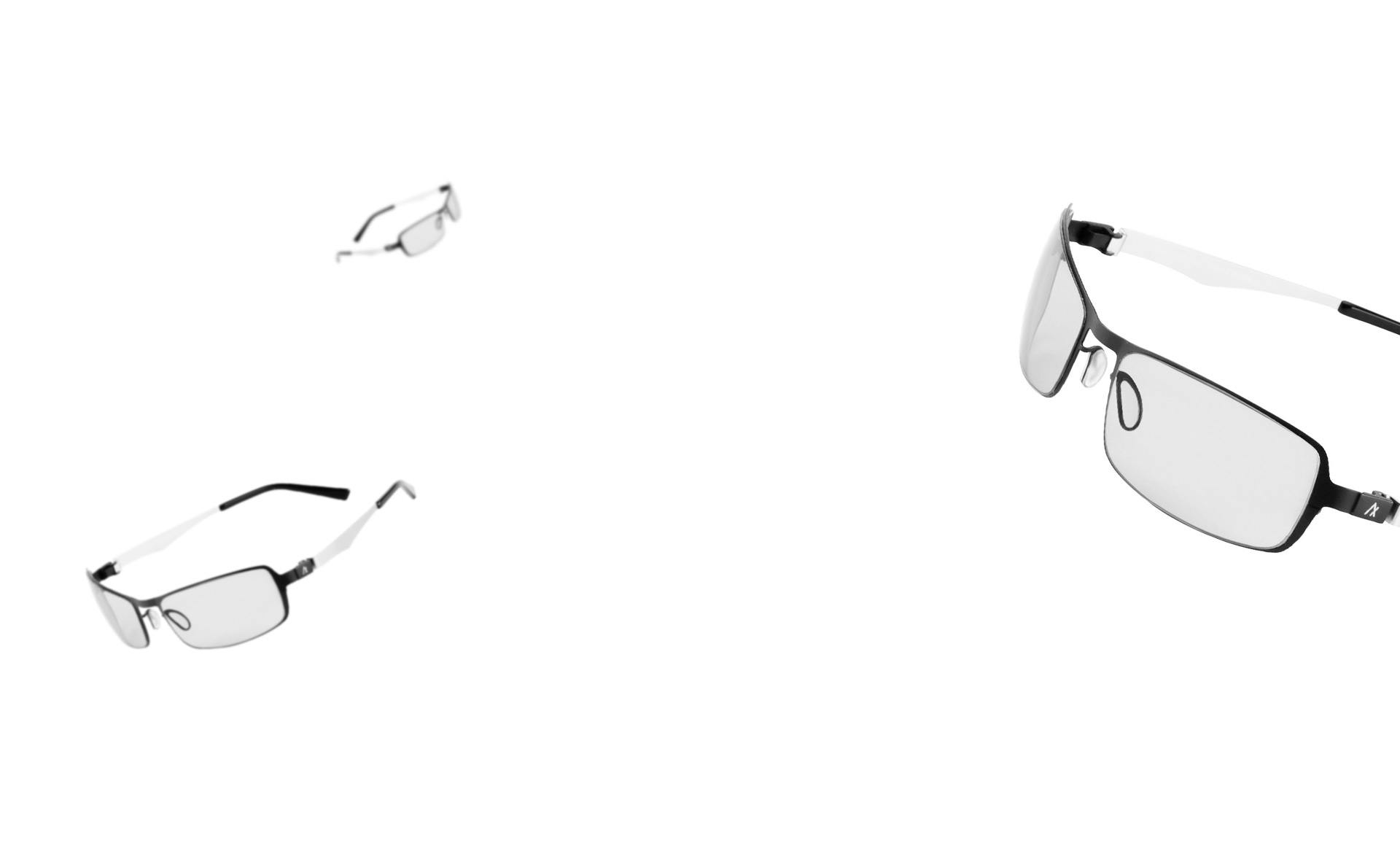MIGRAINE AFFECTS ABOUT ONE out of every seven adults in the United States each year. According to some studies, it is also the number one cause of disability in adults under 50, many of whom are frustrated by the lack of adequate care and affordable, accessible treatments that work. However, there are pockets of research being conducted all around the globe as scientists and doctors search for answers.
Dr. Bradley Katz is a neuro-ophthalmologist at the University of Utah Medical Center and a founder of Axon Optics. Over the past several years he has been working on the development of precision tinted lenses, also known as FL-41 tint. These lenses, available as eyeglasses or contacts through Axon, are designed to minimize the debilitating effects of photophobia, or light sensitivity.
Many migraines are preceded by a sensitivity to light. By reducing the impact of light on someone who is photophobic, the lenses can help prevent migraine attacks. Some with this sensitivity try to avoid exposure to painful light by wearing sunglasses indoors. Katz explains, “Unfortunately, by wearing dark glasses, even though one may feel better temporarily, once the glasses come off the light sensitivity can become much worse.”
He continues, “Think of what it’s like to go outside after being in a matinee for two hours. The afternoon light is blinding until your eyes readapt to the light. Dark adapting your eyes is a common problem for migraineurs and other sufferers of light sensitivity.”
The Axon lenses, or “migraine glasses,” that Katz has helped develop are specially tinted to avoid dark adapting eyes the way traditional sunglasses do. They are also effective against the blue light emitted by computer monitors and digital-device screens. Several studies confirm that these lenses are very effective in minimizing light sensitivity and reducing migraine attacks.
The glasses have also helped those with other conditions associated with light sensitivity. “We randomized patients with blepharospasm [involuntary blinking or spasming of the eyelids] to wearing FL-41 sunglasses for two weeks, and then to wearing plain sunglasses for two weeks,” says Katz. “The patients filled out questionnaires at the end of each period. We found that patients with blepharospasm definitely preferred wearing lenses with the FL-41 tint to wearing conventional sunglasses.”










